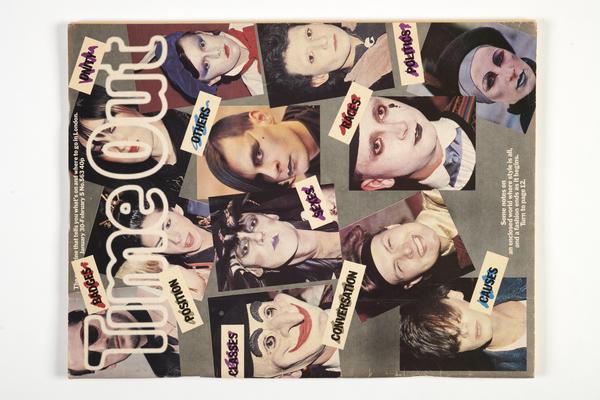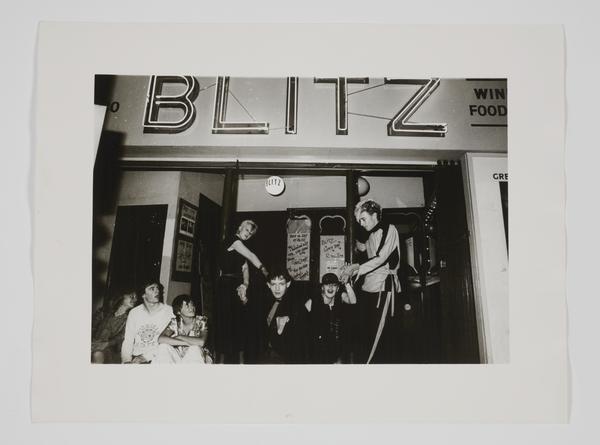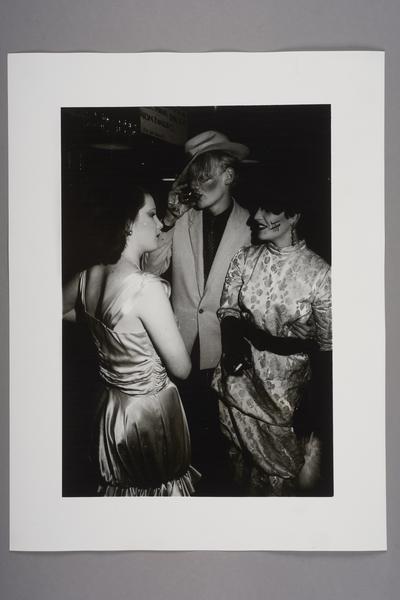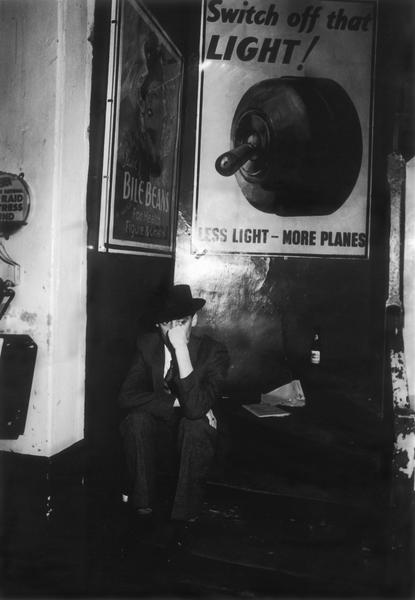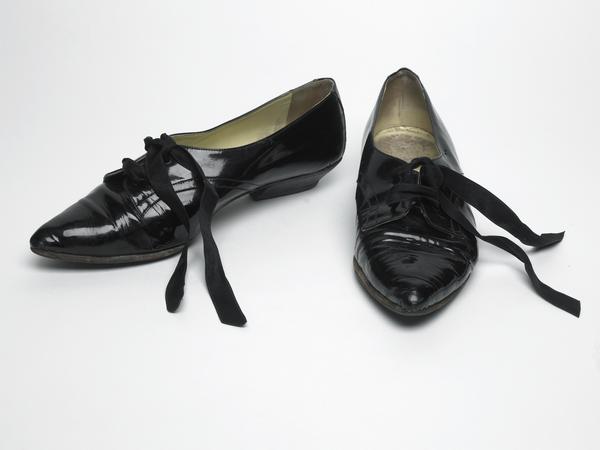Blitz: A revolutionary 1980s club night
At the turn of the 1980s, one of London’s hottest nights out took place in a wartime-themed wine bar on a Tuesday. The Blitz club in Covent Garden, hosted by Steve Strange and DJ Rusty Egan, was home to a small but significant sect of the city’s wild, fashionable youth. It burned bright and fast – but it also defined the youth culture of the next decade.
Covent Garden, Camden
1979–1981

Where was the Blitz club?
Blitz took place on Tuesday nights at a wine bar, also called Blitz, on 4 Great Queen Street in Covent Garden. It ran from 1979 to 1981. The space was themed around the Second World War and took its name from the German bombing campaign against Britain that happened 40 years prior. Our photos of the club come from photographer Dick Scott-Stewart, who captured this short-lived but influential scene.

What was Blitz’s door policy?
Blitz was exclusive: if your makeup or clothes didn’t fit, you weren’t getting in. Steve Strange, who manned the door, limited entry to “creative-minded pioneers… who looked like a walking piece of art”. He’d hold a mirror up to queuers and ask them: “Would you let yourself in?”

What was Blitz like inside?
Here, a so-called Blitz Kid sits on steps just inside the venue. The inside was small, slightly scruffy and featured tables with candles shoved into empty wine bottles. The walls were adorned with wartime posters and memorabilia, as shown here.

Who were the Blitz Kids?
Blitz attracted a mix of artists and art students, fashion designers, musicians, DJs and other creative Londoners, many of whom were working class and disillusioned with punk culture. This was the time of Conservative Prime Minister Margaret Thatcher and an economic downturn. The Blitz Kids created a glamorous and colourful escape from everyday life.

And who were some famous Blitz regulars?
Blitz was a haunt of many characters who became well known in their creative fields. Future members of the band Spandau Ballet hung out there. Boy George originally worked in the cloakroom. And in 1980, when David Bowie needed people to appear in his Ashes to Ashes video, where did he turn? To the Blitz Kids.

What was Blitz Club fashion?
Many Blitz Kids were students from the nearby St Martin’s School of Art (now Central Saint Martins), including hat-maker Stephen Jones and designer Stephen Linard. The dance floor was their catwalk, a place to flaunt their new designs. Regulars could spend the week prepping their outfits by buying fabrics and customising existing pieces. It was all about finding – and making – your own style.

What was new romantic style?
The night was considered to be the birthplace of the new romantics, an early 1980s subculture with Blitz’s distinctly outrageous look. They had theatrical hair and makeup and wore clothes that challenged traditional ideas about gender. Outfits were garish and colourful, drawing inspiration from pirates, early 1800s Romantic dress and 1970s glam rock.

What music was played?
This was the turn of the 1980s – the decade of the synthesiser. Sharp and futuristic electronic music was a key part of the radical cultural change happening at Blitz. DJ Rusty played tracks from German electronic pioneers Kraftwerk, as well as the likes of David Bowie, Yellow Magic Orchestra, Roxy Music and Joy Division.

What was the influence of the Blitz club?
Blitz had an impact well beyond its small size and short existence. The club was a launchpad for the careers of fashion designers and musicians who came to define the sound and style of the 80s. It also caught the attention of London’s media, as seen in this Time Out cover on the emergence of the new romantics.


